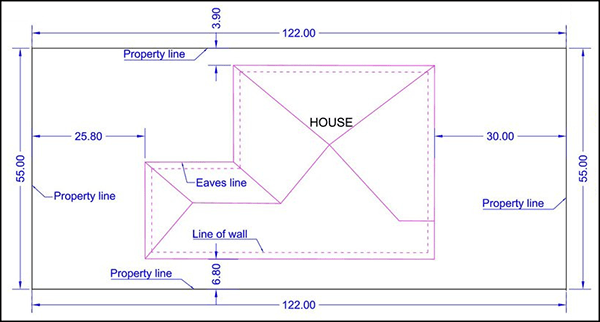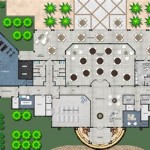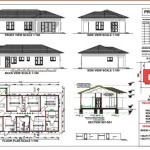Essential Aspects of Plot Plans for Your Home
A plot plan is an indispensable tool when it comes to visualizing the layout and design of your dream home. It serves as a blueprint that guides the construction process, ensuring that every aspect of your property fits seamlessly together. From determining the optimal placement of your house to designing outdoor spaces, a well-crafted plot plan is the key to creating a harmonious and functional living environment.
Here are some essential aspects to consider when creating a plot plan for your home:
Size and Shape of the Plot
The dimensions and shape of your plot have a significant impact on the design and layout of your home. It is crucial to accurately measure the boundaries and determine the slope or any natural features that may influence the construction process. Proper consideration of the plot's characteristics ensures that your home is tailored to the unique contours of the land.
House Placement
The placement of your house on the plot is a crucial decision that affects both aesthetics and functionality. Factors to consider include maximizing natural light, minimizing noise from the street, and creating a cohesive relationship between indoor and outdoor spaces. The plot plan should also indicate the orientation of the house, which is essential for optimizing energy efficiency and harnessing natural elements.
Outdoor Spaces
Outdoor spaces play a vital role in enhancing the livability and enjoyment of your home. The plot plan should allocate areas for decks, patios, gardens, and any other desired features. Whether you envision a tranquil retreat, a vibrant outdoor kitchen, or a lush garden oasis, the plot plan provides a framework for shaping these spaces and integrating them seamlessly with the house.
Driveway and Parking
The plot plan should include a well-designed driveway and parking area that provides convenient and safe access to your home. The location and size of the driveway should complement the house's placement and minimize disruption to outdoor spaces. Additionally, consider factors such as drainage, lighting, and potential snow removal during winter months.
Utilities and Services
Proper planning for utilities and services, such as water, electricity, gas, and sewage, is essential for a comfortable and functional home. The plot plan should indicate the location of connection points and service lines, ensuring that they are accessible and meet building codes. This foresight helps avoid costly surprises or disruption during construction.
Zoning and Regulations
Local zoning regulations and building codes often dictate specific requirements for plot plans. It is crucial to familiarize yourself with these regulations and incorporate them into the design. Factors such as setbacks from property lines, height restrictions, and allowable uses must be considered to ensure compliance and avoid potential delays or issues during the construction process.
By carefully considering these essential aspects, you can create a comprehensive plot plan that lays the foundation for a well-designed and functional home. Whether you are working with an architect or a building contractor, a detailed plot plan serves as a roadmap for the successful execution of your dream home.

Site Plans What They Are And How To Create One

Draw A Plot Plan Of Your House Icreatables Com

Site Plans What They Are And How To Create One

Site Plans What They Are And How To Create One

Site Plans What They Are And How To Create One

How To Draw A Site Plan For Your Property Diy Plot Options

Accurate Plot Plan Designs Site

Site Plans What They Are And How To Create One
What Is A Plot Plan

Site Plans What They Are And How To Create One








